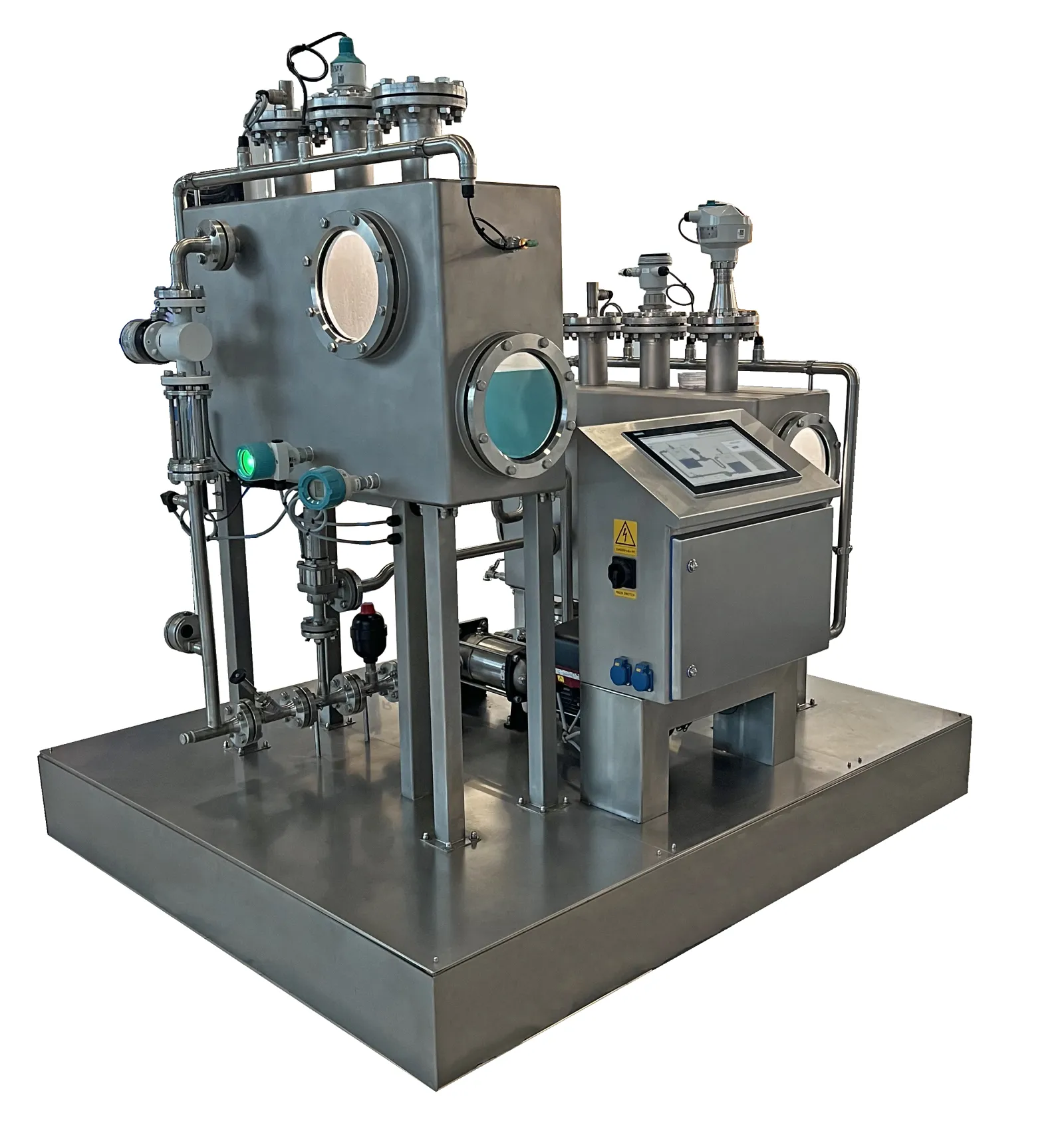Q&A with Dosanova’s Founder Jurgen: How the Process Designs the Machine

Today, we are sitting down with Jurgen, Founder of Dosanova, to clarify what customization really means to them: how they approach customization, how they design from scratch, and how they make choices about quality, timing, and budget transparent.
Then we zoom in on a project from 2022 that set the bar exceptionally high, challenging the team in terms of compact design, bringing multiple functions under one roof, and especially what lessons have since become standard in every project.
What does customization mean in practice for Dosanova?
We build machines that don't yet exist until you need them. We treat every assignment as a technical puzzle: our engineers and craftsmen get stuck in and combine broad knowledge with curiosity to realize solutions that work on your shop floor. This means you don't get a generic machine, but an installation that does exactly what helps your process move forward.
What is your philosophy when it comes to customization?
This way of working is based on a clear conviction: the process determines the machine, not the other way around. With every new project, we push the boundaries of innovation, with safety, hygiene, and ease of maintenance as fixed preconditions. Transparency in choices, timing, and results is essential in this regard.
Was there a project that challenged your philosophy on customization?
Yes, absolutely. There was a project we worked on in 2022 that was extremely complex, both technically and in terms of design. This project was a test setup to introduce all kinds of sensors and get them to work together seamlessly. The focus was on aesthetic values, but also on ensuring that the sensors did not start to influence each other's values. This was combined with a tight deadline and complexity. We had to innovate a great deal, which you can now see in our current range.
Can you briefly tell us what that project was about?
In 2022, we were asked to create a test setup for all kinds of sensors to work together synchronously without influencing each other. During the initial meeting, we already had some ideas about what it should look like and where the large tanks should be placed. But also which sensors should be used. While working on the project, we discovered that some sensors influence each other's data at certain times. From there, we had to make custom pipes and tanks to keep them compact but also functional and aesthetic. The result was a compact but highly efficient setup in which each sensor could be optimally displayed.
How did this project challenge your way of working? And what were the biggest challenges in creating it?
During construction, it became apparent that some sensors were interfering with each other's measurements, which undermined reliability.
How did you overcome these challenges in this project?
It forced us to reposition the pipes and tanks and build completely new ones, which meant we had to change the layout of the sensors and not place them where we usually do. This allowed us to physically isolate the sensors in order to obtain reliable data.
If you want a compact, representative test setup or a complete installation that does exactly what your process needs, with transparent choices in quality, timing, and budget plan, then contact Dosanova and discover how a reliable custom design can accelerate your operations.